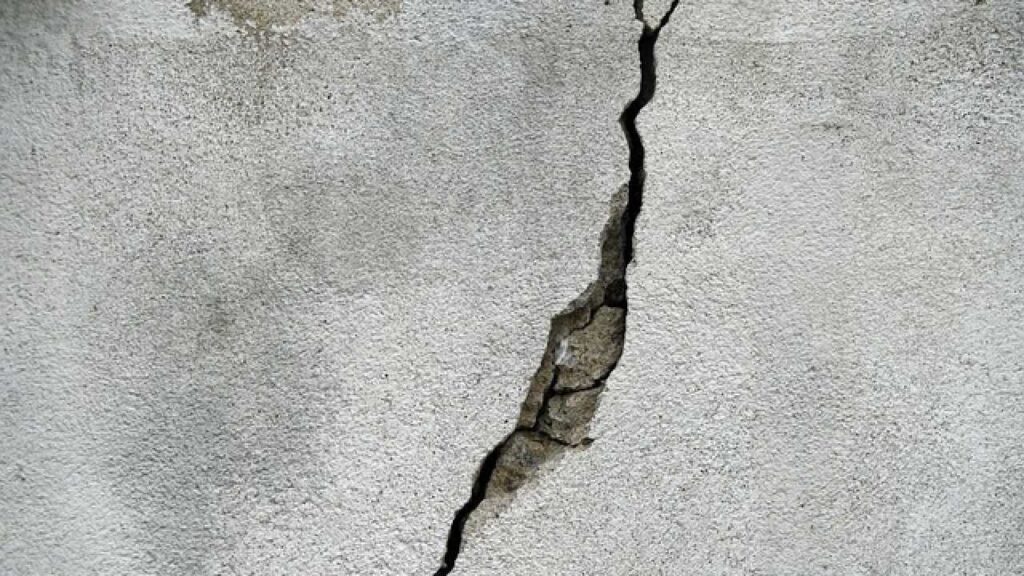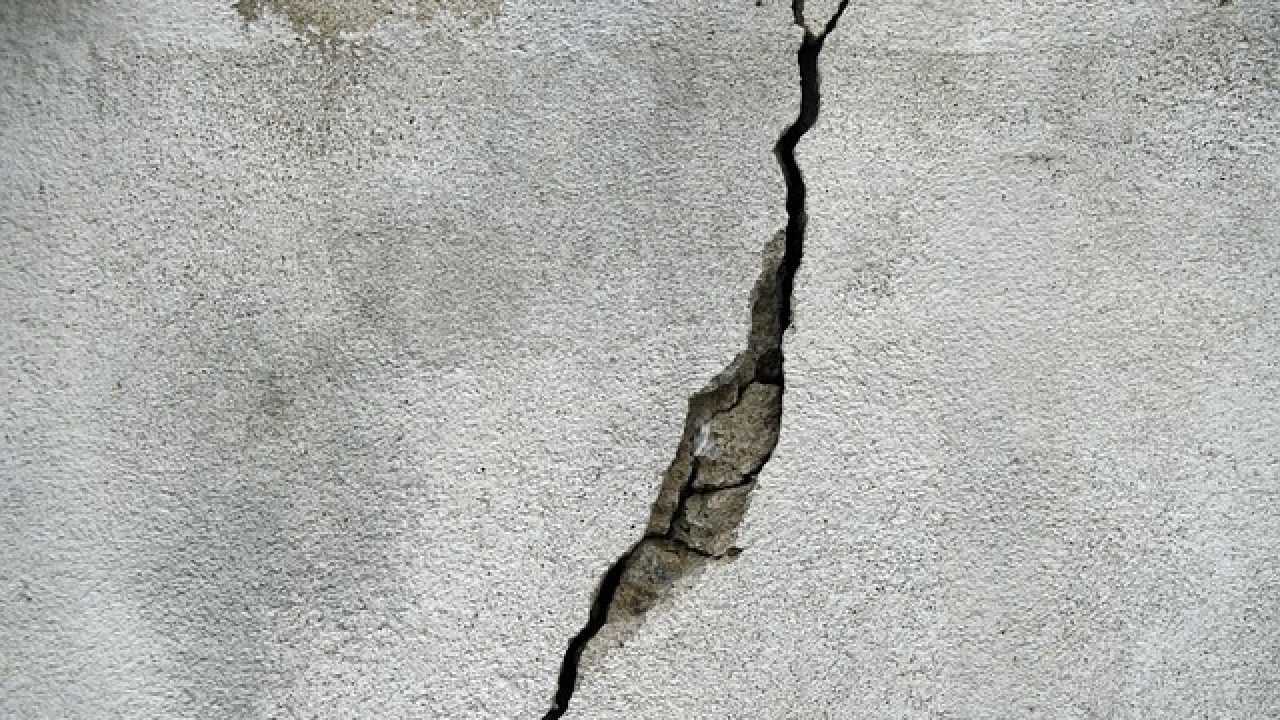Cracks in walls are a common problem that can affect the appearance and stability of your home. Fortunately, repairing cracks in walls is a fairly simple task that can be done with just a few tools and materials. In this article, we will look at the basic steps for repairing cracks in walls, including surface preparation, choosing the right materials and application. By following these tips, you will be able to repair cracks in the walls of your home and give them a new and lasting look.
Video for the article at the bottom of the page
What causes cracks in walls

Wall cracks are cracks or grooves that occur in the walls of a structure. These cracks can be caused by a number of factors, including:
- Ground movement: If the house is built on unstable ground or in an earthquake zone, the ground can move and cause cracks in the walls.
- Structural Issues: A building may have structural issues due to design, construction or maintenance issues. This can cause cracks in the walls.
- Moisture: Water can seep into walls and cause structural and paint damage as well as cracking.
- Fluctuations in temperature: Fluctuations in temperature can cause the materials used in the construction of walls to expand and contract, resulting in cracks.
In general, cracks in walls can be a sign of problems in the structure of the building and should be evaluated by a professional to determine the cause and severity of the problem.
How to repair cracks in walls using gauze or mesh
When it comes to repairing cracks in walls, gauze or mesh can be a useful tool to achieve long-lasting results. These materials help create a barrier between the crack and the plaster, preventing the crack from reappearing on the wall surface. In this article we will look at using gauze and mesh to repair cracks in walls.
What is gauze
Wall Crack Repair Gauze is a material used to repair cracks and holes in wall surfaces, both inside and outside buildings. Gauze is made of woven glass or cellulose fibers that create a strong bond that can be cut and adjusted to the size of the tear being repaired.
Gauze is used in conjunction with a filler paste, such as caulking, to fill the crack and provide a solid base for subsequent paint treatment. The gauze will reinforce the repair by preventing the crack from reopening, even with structural movement of the wall.
Wall Crack Repair Gauze is an effective and long-lasting solution for repairing superficial wall damage, but in case of more serious damage to the structure, it is advisable to contact a professional.
What is a network?
Mesh is a thicker fabric than gauze, generally used for deeper cracks. Mesh works similarly to gauze, but has greater strength and durability. Before placing the mesh over the crack, you must remove any loose material or plaster inside the crack. Next, you apply glue and place the mesh over the crack. Plaster can be applied after the glue has dried.
In either case, using gauze or mesh will allow you to preserve the existing crack but prevent it from reappearing on the surface of the wall. It is important to choose the solution that best suits your specific needs, taking into account the thickness and depth of the crack.
Illustrative video:

